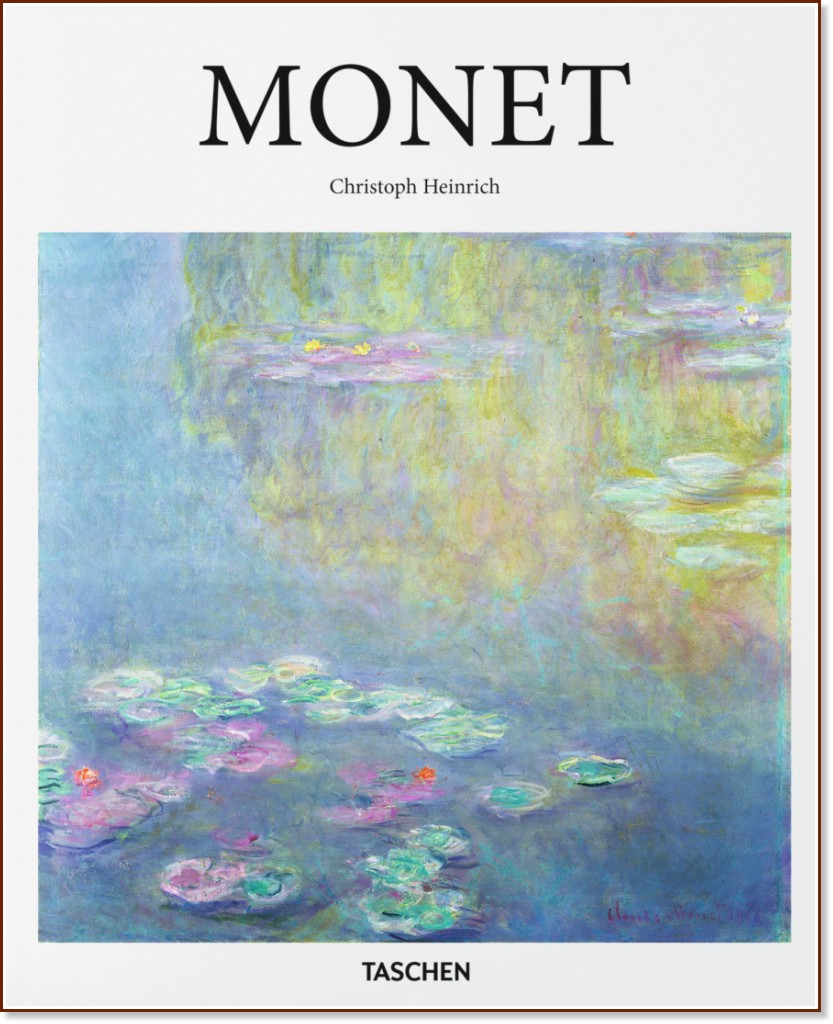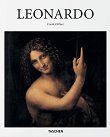

| В момента тази книга не може да бъде доставена. | ||
Основни параметри:  | ||
| Продукт | #203-069 | |
| Вид | Книга | |
| Наличност | ||
| Издадена | 2015 г. | |
| Издателство | Taschen | |
| Категории | ||
| Език | Английски | |
| Корица | Твърда | |
| Страници | 96 | |
| ISBN | 9783836503990 | |
|
MonetChristoph Heinrich Доставка:

Основни параметри:

|
|||||||||||||||||||||||||||||||||||
| |||||||
| |||||||
| |||||||
|
|
Ако искаш да си първият дал мнение за тази книга, направи го сега! |
Важна информация! Мненията, които най-добре описват книгата, ще бъдат видими при всяко посещение на страницата. За да видиш всички останали мнения, натисни бутона "Покажи всички мнения". Без предупреждение ще бъдат изтривани коментари с обидно, расистко, клеветническо или друго съдържание, което нарушава добрия тон. |
|
|
Pollock Leonhard Emmerling |
|||
|
Цена: 36.90 лв. / 18.87 €
|
|||
 |
|||
|
Surrealism Cathrin Klingsohr-Leroy |
|||
|
Цена: 36.90 лв. / 18.87 €
|
|||
 |
|||
|
Zaha Hadid Philip Jodidio |
|||
|
Цена: 36.90 лв. / 18.87 €
|
|||
|
Mondrian Susanne Deicher |
|||
|
Цена: 36.90 лв. / 18.87 €
|
|||
  Възможна е експресна доставка на следващ работен ден, до офис на Еконт. |
|||

|
Leonardo Frank Zollner |
||
|
Цена: 36.90 лв. / 18.87 €
|
|||
 Възможна е експресна доставка на следващ работен ден, до офис на Еконт. |
|||
|
Monet. The Triumph of Impressionism Daniel Wildenstein |
|||
|
Цена: 49.90 лв. / 25.51 €
|
|||
  Възможна е експресна доставка на следващ работен ден, до офис на Еконт. |
|||
| |||||||
| |||||||
| |||||||
| |||||||
|
|
|
© 1999 - 2024 store.bg всички права запазени - Общи условия | Политика за личните данни Използваните в представянето на книгата "Monet - Christoph Heinrich" текстови, графични и други материали са собственост на носителите на авторските им права. Всяко копиране и репродуциране на информация, представена в този сайт, е равносилно на безусловно приемане на общите условия и определените в тях лицензни условия за ползване. |